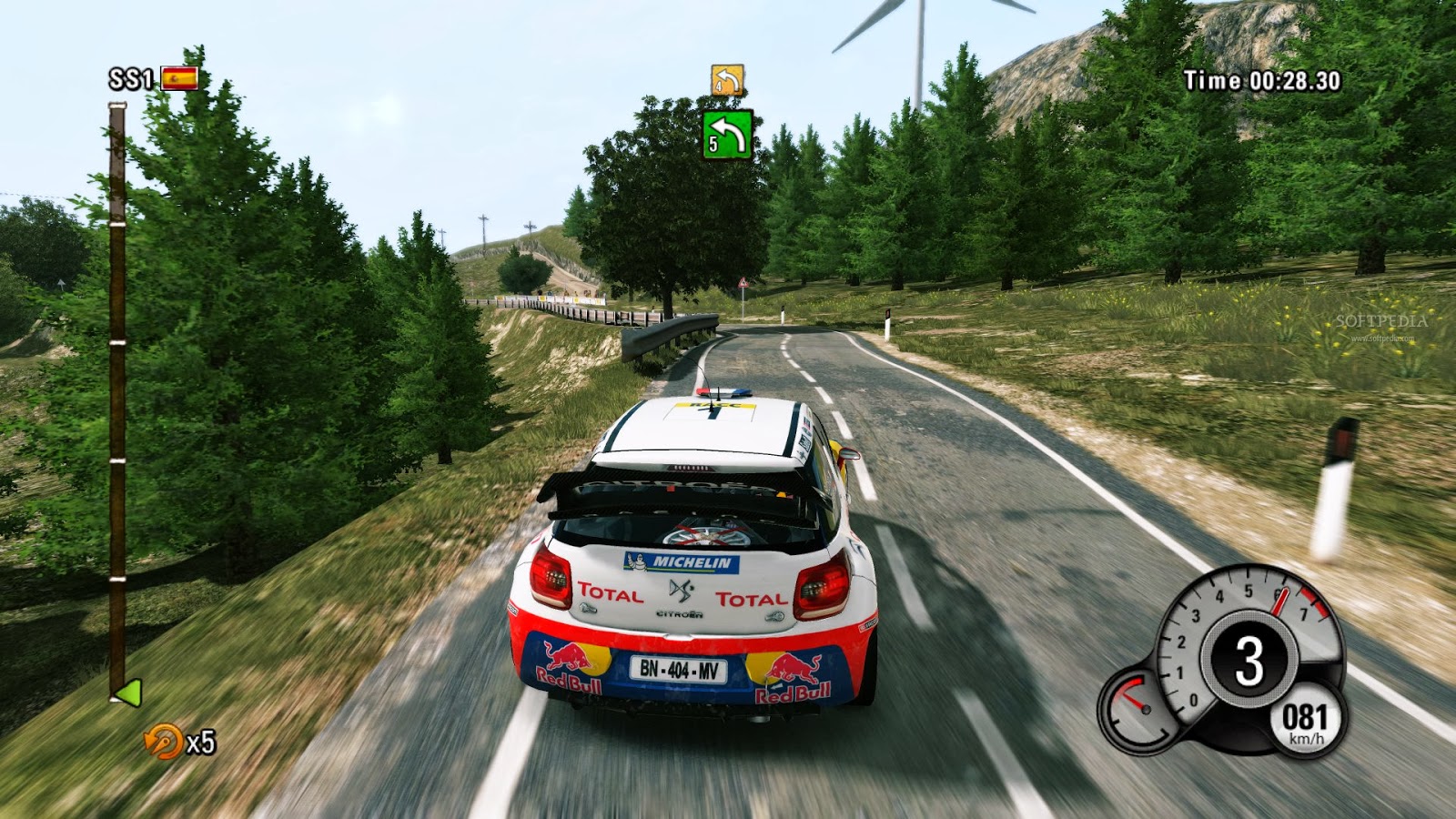

Unfortunately there isn’t a huge amount of cars (no iconic classics or retro ’90s rally legends like you’ll find in Dirt Rally or Sébastien Loeb Rally Evo) and this is perhaps the most disappointing aspect of WRC 6. They show sufficient visual damage, though some of the scratch effects seem a little low-res when viewed from bonnet cam.

WRC 6’s cars seem sharp, well-detailed, and about on par with its peers.

Crashing through shallow water should be dramatic, highlight-reel stuff, but in WRC 6 it’s a forgettable effect a generation or two behind the curve. They also lack pizazz the water-splash effect in WRC 6, for instance, is an abject anticlimax. However, WRC 6’s stages are nowhere near as handsome. While there’s not a huge number of stages per country, that’s about twice the amount of locations featured in Dirt Rally. There’s a great variety of stages as they’re spread across all 14 countries from the 2016 World Rally Championship, and there are a number of extremely technical two-car Super Special Stages amongst them (though no rallycross tracks). The sense of velocity is also terrific because of the cramped, obstacle-lined roads even modest speeds feel fast when hazards are whipping by in such close proximity to your car. WRC 6’s strongest feature is its narrow and lengthy stages.


 0 kommentar(er)
0 kommentar(er)
